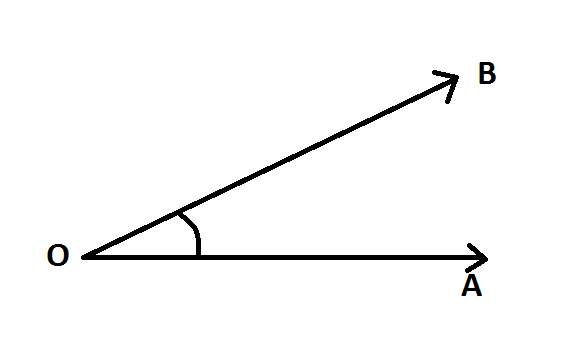Frame Relay configuration of Cisco router in Packet tracer
FRAME RELAY
Frame Relay is intended to provide long distance or non-persistent connections.
The need for a streamlined protocol like Frame Relay grows from several facts of modern data communications:
- Users have more data to communicate, and they'd like that data to travel faster and in larger chunks than current technology has allowed.
- Physical transmission gets faster every year and introduces fewer and fewer errors into the data.
- Computers and workstations with the intelligence to handle high-level protocols have replaced dumb terminals as the instruments of choice.
Usually the Service Provider owns the Frame Relay Cloud, so the only thing you are given is a link to the ISP DCE (Data Communication Equipment) for you to connect it your DTE (Data Terminal Equipment) and an ID number for you to label your data (DLC ID)
Frame Relay uses virtual circuits to logically connect two end points.
The Frame Relay protocol identifies a virtual circuit by a 10-bit address called a Data Link Connection Identifier (DLCI). Each DLCI is unique on its local Frame Relay link. However, DLCIs are NOT unique throughout the network.
Since the DLCI is a 10-bit number, the Frame Relay protocol defines 1024 possible DLCIs. Of these, 2 (0 and 1023) have been reserved for signalling and 30 (1 to 15 and 1008 to 1022) have been reserved for future use.
For instance, networks that have implemented the optional multicasting feature reserve DLCIs 1019 to 1022 for that purpose. The remaining 992 DLCIs, (16 to 1007), are available to subscribers.
The current Frame Relay standards specify only permanent virtual circuits (PVCs, sometimes called Permanent Logical Links, or PLLs), which are defined when a user first subscribes to the service. Future versions may also include Switched Virtual Circuits (SVCs).
At subscription time, each PVC is assigned several important parameters. First is its Committed Information Rate (CIR), which is the largest number of bits per second that the network agrees to transmit for a PVC within a specified period without discarding data. A PVC's CIR may be less than or equal to the physical capacity of the whole Frame Relay circuit.
Next is its Committed Burst Size (Bc), which is the largest number of consecutive bits that the network agrees to carry without discarding data. Some networks also assign an Excess Burst Size (Be) over the Committed Burst Size, which the network agrees to carry with a greater likelihood that some data will be discarded.
A Frame Relay network can discard data for any of three reasons:
- A subscriber has exceeded the amount of data that the network has agreed to carry
- A failed Cyclic Redundancy Check, which indicates physical transmission errors
- Network congestion, which occurs when the network's community of subscribers transmits enough data to approach or exceed the network's capacity to carry it
Since Frame Relay is a Layer-2 protocol suite, the data units have no port number nor IP or MAC addresses, Because they are encapsulated in order to be sent down the access-link given by the ISP, Hence in Frame Relay there are DLCIs(Data Link Connection Identifiers) which identify each of the VC as well as the data sent through each of the VCs (Every Frame Relay data unit is labelled using the DLCIs as if it was on IP Address).
For every VC created there need to be two end point interfaces, but buying several serial interfaces is expensive and not scalable, instead sub interfaces are created.
A sub-interfaces is a Virtual isolated interface which works almost as a real one would and which Frame Relay uses to establish the VCs between the DTEs.
Here are some of the videos related to configuration of FRAME RELAY STAIC MAP, FRAME RELAY SUB INTERFACES.

Comments
Post a Comment